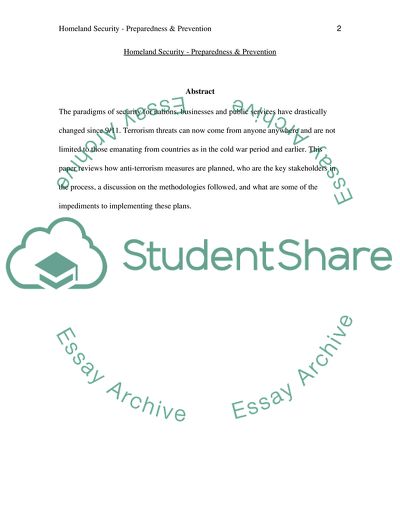Cite this document
(“Homeland Security: Preparedness & Prevention Assignment”, n.d.)
Homeland Security: Preparedness & Prevention Assignment. Retrieved from https://studentshare.org/politics/1739187-homeland-security-predaredness-prevention
Homeland Security: Preparedness & Prevention Assignment. Retrieved from https://studentshare.org/politics/1739187-homeland-security-predaredness-prevention
(Homeland Security: Preparedness & Prevention Assignment)
Homeland Security: Preparedness & Prevention Assignment. https://studentshare.org/politics/1739187-homeland-security-predaredness-prevention.
Homeland Security: Preparedness & Prevention Assignment. https://studentshare.org/politics/1739187-homeland-security-predaredness-prevention.
“Homeland Security: Preparedness & Prevention Assignment”, n.d. https://studentshare.org/politics/1739187-homeland-security-predaredness-prevention.


